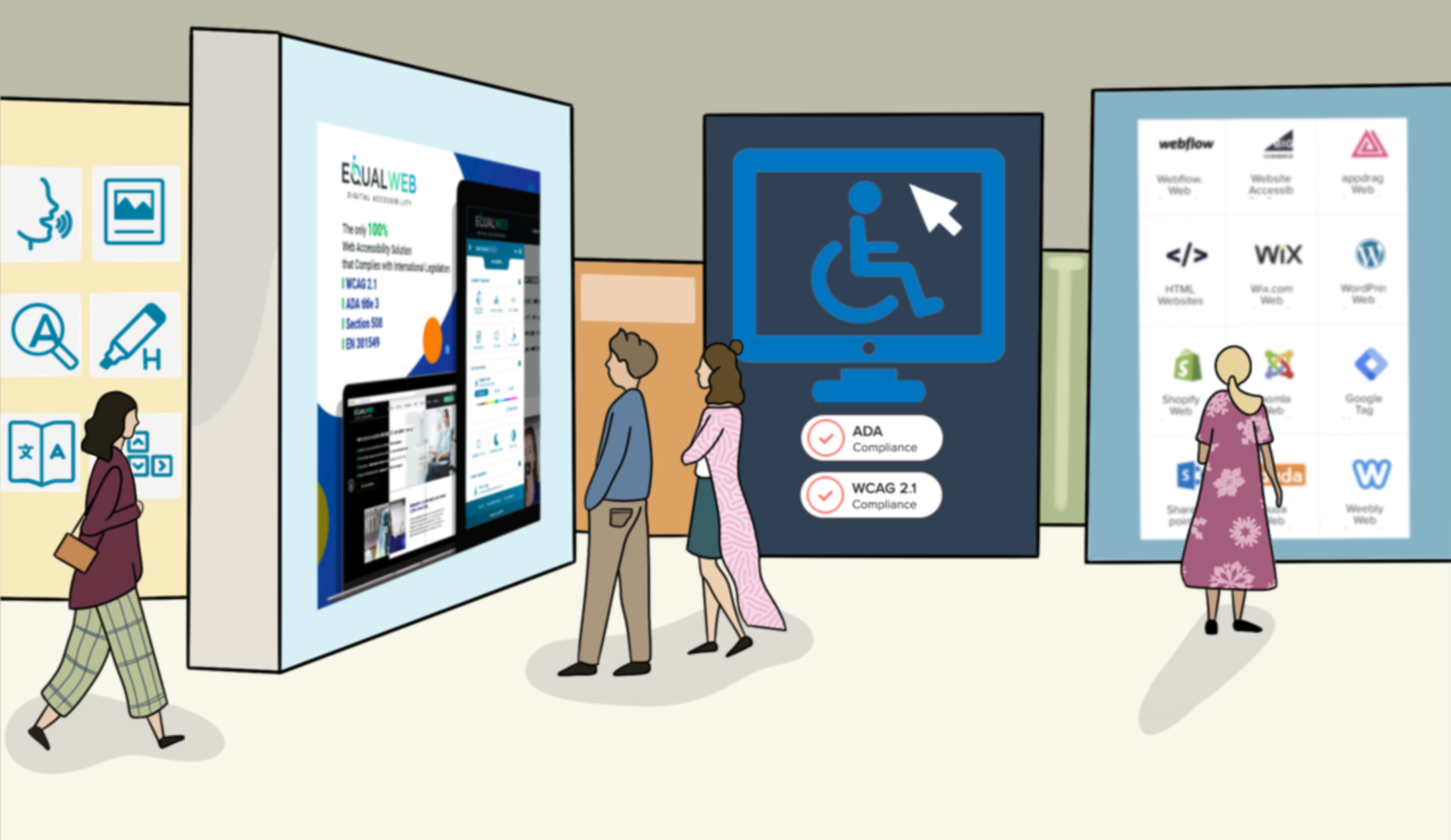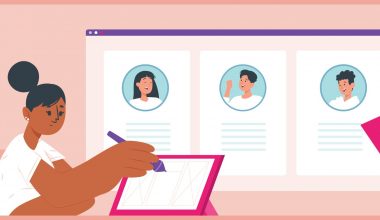The internet has become an integral part of our lives, enabling us to connect, communicate, and access information with ease. However, not all users can access and use the web in the same way. Individuals with disabilities, such as visual, auditory, motor, or cognitive impairments, face numerous barriers while accessing digital content. Web accessibility refers to the design and development of websites and applications that are inclusive and usable for everyone, regardless of their abilities. In this article, we will discuss the importance of web accessibility and provide tips for designing accessible websites.
Why Web Accessibility Matters
Web accessibility is not only a legal requirement in many countries but also a moral obligation. All individuals, regardless of their abilities, have the right to access information and participate in society. Accessible websites and applications can improve the lives of people with disabilities in many ways, including:
- Providing access to essential services: Many services, such as healthcare, education, and government services, are increasingly moving online. Accessible websites can enable people with disabilities to access these services independently, without needing assistance.
- Improving employment opportunities: Online job applications and remote work have become commonplace in many industries. Accessible websites can ensure that job opportunities are not limited to able-bodied individuals only.
- Enabling social participation: Social media and online communities have become a vital aspect of social participation. Accessible websites can enable people with disabilities to connect with others and participate in online conversations.
Designing Accessible Websites
Designing accessible websites requires a conscious effort to consider the needs of all users, including those with disabilities. Here are some tips for designing accessible websites:
- Use descriptive and meaningful text: Use descriptive text for links and buttons, and avoid using ambiguous text such as “click here.” Additionally, provide alternative text for images, audio, and video content, as well as captions and transcripts for videos.
- Ensure keyboard accessibility: Many users with disabilities rely on keyboards to navigate the web. Ensure that all website elements can be accessed and interacted with using a keyboard alone.
- Use color and contrast effectively: Use high contrast colors to ensure that text and other elements are visible and readable for users with low vision or color blindness. Additionally, avoid relying on color alone to convey information.
- Avoid flashing and animated content: Flashing and animated content can trigger seizures in users with photosensitive epilepsy. Avoid using such content or provide users with the option to turn it off.
- Test with assistive technologies: Use assistive technologies, such as screen readers and voice recognition software, to test the website’s accessibility. Additionally, involve users with disabilities in the testing process to get feedback and identify accessibility barriers.
Conclusion
Web accessibility is essential for ensuring that all users can access and use digital content. By designing accessible websites, we can enable people with disabilities to participate fully in society and access essential services independently. Implementing accessibility guidelines and involving users with disabilities in the design process can help ensure that the web is inclusive and accessible for everyone.






